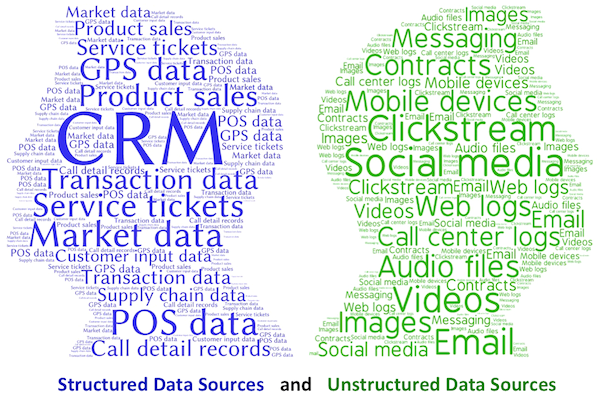
Learn about the difference between structured data and unstructured data and how to best protect it in Data Protection 101, our series on the fundamentals of information security.
When organizations prepare to collect, analyze and secure data, they need to understand there two kinds of data: structured and unstructured data. Each presents different challenges — especially when it comes to data security. It is important to understand both concepts.
Structured data is usually stored in relational databases and displayed in defined columns and rows. This allows data mining tools and algorithms to access and analyze it via search.
Structured data can be used in:
● Airline reservation systems
● Inventory management systems
● Sales control and analysis
● ATM activity
● Customer relation management
Traditionally, business organisations relied on structured data to make decisions. There are many tools that support the collection and analysis of structured data which support business decisions.
Unstructured data is not organized but is stored in easily accessible and shared formats.
Unstructured data can be found in:
● Emails
● Word processing documents.
● PDF files
● Image, audio and video files
● Social media posts
● Spreadsheets
● Mobile text messages
These formats make it easy to communicate information. Unfortunately, that ease also makes unstructured data vulnerable to unauthorized access.
It seems rather obvious that the difference between structured and unstructured data is structure — or organization. That’s not such a useful distinction though. There are a few important differences between the two types of data. Keep in mind that structured data is organized for machines to understand. Humans have a tough time reading and understanding structured data, but we use unstructured data to communicate. That human accessibility makes it difficult for machines and algorithms to access and analyze unstructured data.
Some technology has been developed that allows machines and algorithms to analyze unstructured data, although compared to the analysis of structured data, these solutions are relatively new. Analyzing unstructured data relies on aggregating all available data, identifying the data integral to the problem at hand, and conducting analysis to identify patterns and relationships.
Data Entry Databases rely on a restrictive, structured data entry so the data matches the structure defined by the database schema. Machines can analyse structured data because only certain types of data are entered in defined fields. Also, unstructured data may be stored within a file with an internal structure, but it does not adhere to a pre-defined data schema or structure.




